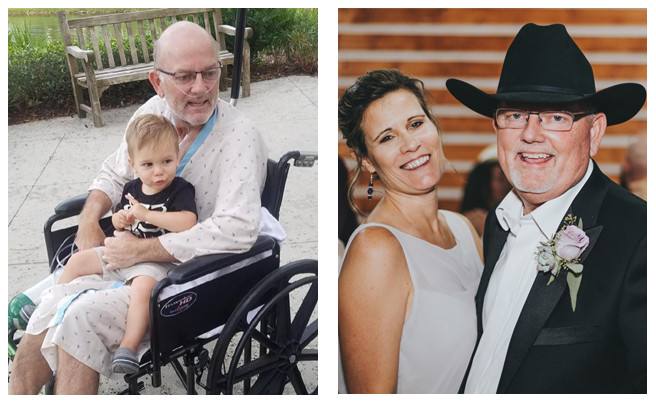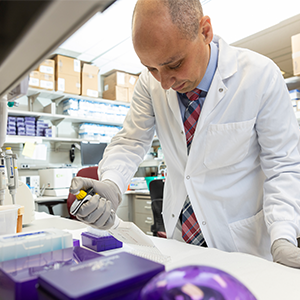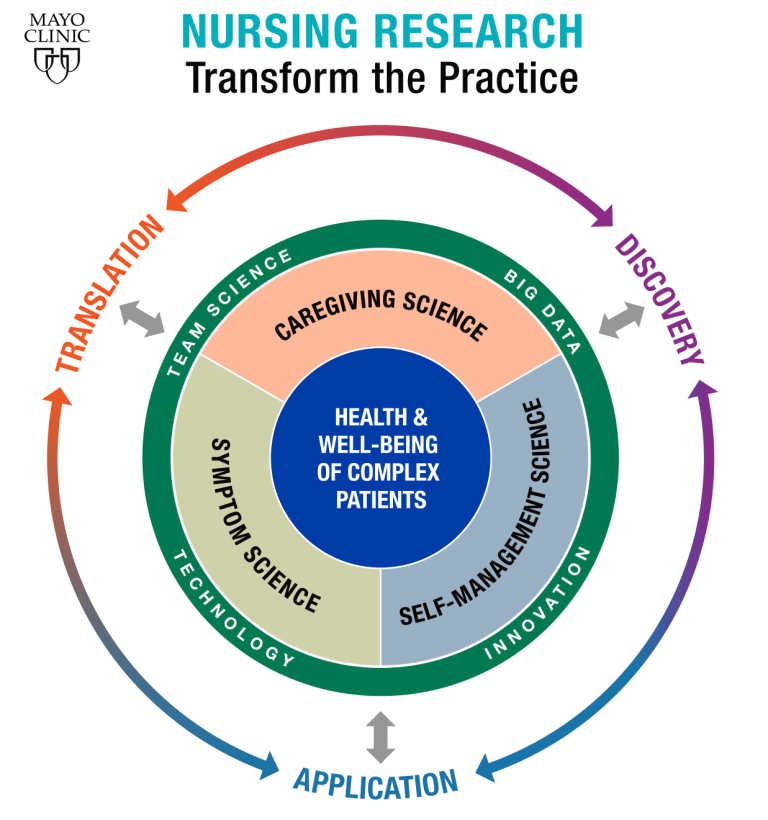
Annually, the number of people awaiting transplants far exceeds the number of donors. For certain patients requiring lung transplantation, size matters.
In addition to matching blood and tissue type, organ size plays a significant role.
"For certain lung transplant patients, for example, the size of their chest cavity may be mismatched due to the nature of their condition. This can make a traditional double lung transplant almost impossible," says Dr. Mathew Thomas, a Mayo Clinic cardiothoracic surgeon.
A rare surgical technique
Lobar lung transplantation involves removing a portion of the lung — known as a lobe — and implanting only that section. The right lung has three lobes; the left has two.
"Lobar transplants have been done very rarely across the world. According to published reports, since the 1990s, there have been about 300 cases done in adults worldwide. Since 2017, there have been less than 30–40 cases in the U.S. itself," says Dr. Thomas.
Mayo Clinic is one of a few institutions able to perform the complex operation, which includes splitting the donor lung, separating individual blood vessels and airways and then implanting and reattaching them in the recipient.
"Lobar transplants offer patients who would not otherwise be able to receive two lungs the chance of a new improved quality of life," says Dr. Thomas.
The patient experience
Harold Winsett, 59, is one such patient.
Journalists: Broadcast-quality video pkg (3:31) is in the downloads at the end of the post. Please "Courtesy: Mayo Clinic News Network."
When Winsett was diagnosed with pulmonary fibrosis in 2013, doctors in Tampa, Florida, told him that he eventually would need a double lung transplant. That time came four years later when he was emergently transported to Mayo Clinic's Florida campus, struggling for breathe.
His lung function had deteriorated so much that doctors placed him on extracorporeal membrane oxygenation (ECMO), hoping to gain more time until a set of lungs became available.
"ECMO helps to ensure that the body retains a sufficient supply of oxygen when it can't do so on its own," explains Dr. Thomas. "The device takes over the work of the lungs or the lungs and heart. It continuously pumps blood from the body into the machine, which removes carbon dioxide and adds oxygen to it. Then the newly oxygenated blood is returned to the body."
A week passed. His condition wasn't improving and an appropriate pair of lungs had not been found. Time was running out.
Due to the fibrosis, one side of Winsett's chest cavity was about half the size as the other. Two donor lungs would not fit. But a single lung transplant would not be as effective.
A lobar lung transplant was the answer.
Today, Winsett is breathing without oxygen. He recently married and praises Mayo Clinic for taking a chance on him with a rare technique.
"I honestly believed I wasn't going to walk out of the hospital," recalls Winsett. "But Mayo Clinic, it’s incredible what they did for me, especially since it's not done very much. And I celebrate them and my donor every day. They have given me such a gift."
- Learn more about heart transplant.
- Explore the Mayo Clinic Transplant Center.
- Connect with other patients talking about pulmonary fibrosis on Mayo Clinic Connect.
- Request an appointment.







